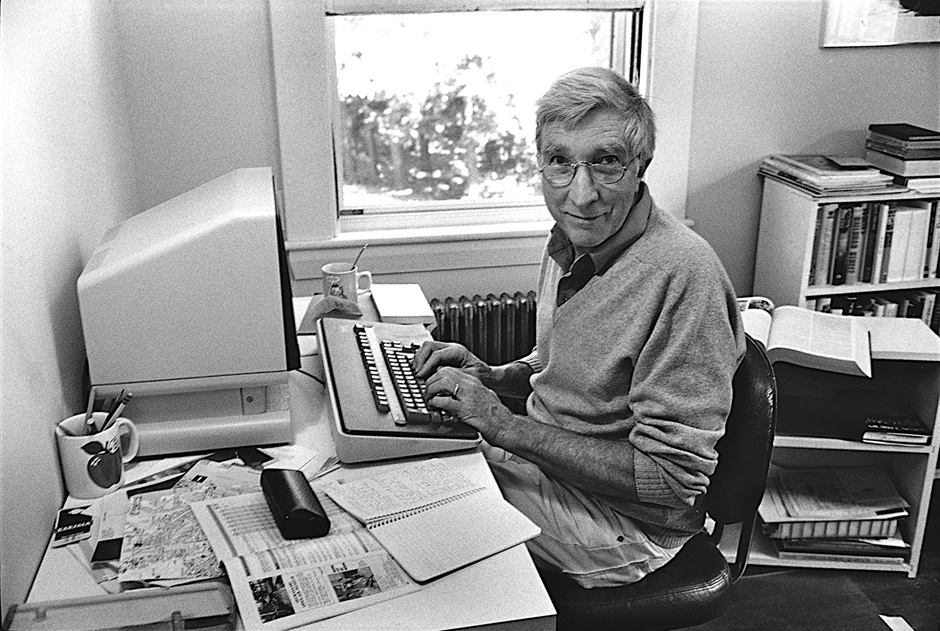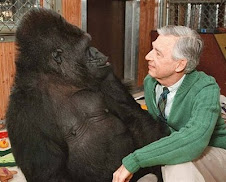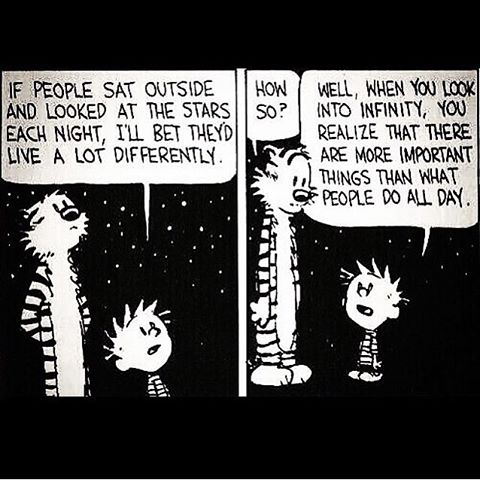Recently, researchers have begun to investigate scientifically the link between walking and creativity. In a recent study, Stanford University psychologists Marily Oppezzo and Daniel Schwartz divided participants into two groups: walkers and sitters. They then administered something called Guilford's Alternative Uses test, in which participants come up with alternative uses for everyday objects. It's designed to measure “divergent thinking,” an important component of creativity... The results, published in the Journal of Experimental Psychology, confirm that the ancient Greeks were onto something. Creativity levels were "consistently and significantly” higher for the walkers versus the sitters.Weiner reported this morning, on npr, on Big History, which employs the Big Picture kind of thinking walkers tend to run into. It diverges from the old-school, facts-and-dates, dry-and-musty scholastic style of history that's soured so many, so sadly, to the recorded annals of human attainment that in their largest (but usually neglected) context are so gripping. [Transcript]
Tuesday, January 5, 2016
Creative movement
Today marks the release of The Geography of Genius, Eric Weiner's sequel to The Geography of Bliss. It is a moving geography, in the peripatetic sense.
But, to the student who capped the story with his errant conclusion that Big History construes life as intrinsically meaningless - "It just makes you think that really everything will be meaningless soon" - no. Understanding human affairs as part of a much larger cosmic narrative has precisely the reverse implication. Dates and facts have a chance to mean something because they're linked to a cosmic calendar, our lives matter because they're links in a chain stretching remotely backward and forward. Big History restores continuity to the continuous human community.
Subscribe to:
Post Comments (Atom)










 Charles Darwin (
Charles Darwin (















No comments:
Post a Comment